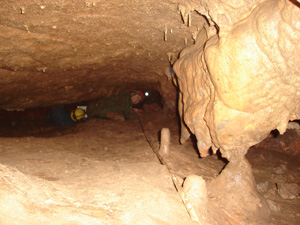

Thousands of abandoned soda bottles and safety deposit boxes were glued together into walls. warehouse, out of discarded pieces of St. But Bob's heart was with the young and spry, and for them he designed a mazework of fake caves, tunnels, dizzying perches, and a Human Hamster Wheel.īob began building City Museum in 1996 inside an abandoned International Shoe Co. Sure, the sedate can marvel at one-of-a-kind wonders such as Elvis Presley's travel trailer and the World's Largest Underpants. City Museum, with its deceptively bland name, was built primarily as the world's largest, craziest play-pit. "Just looking," however, is not really what Bob wanted of visitors. "You can spend forever just looking at stuff in here." Watson Scott, our chaperone and a long-time friend of the late Bob Cassilly, the guiding genius behind City Museum. It's in the heart of one of America's largest cities. Mississippi River flooding has made this land very fertile, and cotton, soybeans, and rice are farmed in this region.And unlike House on the Rock - the only other place that matches it for scale and chaos - City Museum isn't out in the middle of nowhere. The Mississippi Alluvial Plain is lowland in the southeastern corner of the state (which is called the state’s "Boot Heel"). So is the Lake of the Ozarks, a reservoir where many visitors come to fish, camp, and boat. The state’s highest point, Taum Sauk Mountain, is in this area. Gradual water erosion here created high, forested ridges, springs, and caves. The Ozark Plateau is Missouri’s largest geographical region, and it covers most of the state’s southern half.

Prairie State Park in this region is one of the few places these supertall grasses are preserved. Tallgrass, which can grow high enough to cover a horseback rider on a horse, used to cover 15 million acres of the state. The soil is shallower and less rich than it is in the Till Plains. The Osage Plains in western Missouri are largely flat with a few hills. The area is mostly flat prairie with fertile soil, rivers, and streams. The Dissected Till Plains cross the far north, above the Missouri River. Missouri can be divided into four geographical regions. The state’s wiggly eastern border is almost entirely created by the Mississippi River. Missouri is bordered by Iowa in the north Illinois, Kentucky, and Tennessee in the east Arkansas in the south and Oklahoma, Kansas, and Nebraska in the west. It was one of the events that would lead to the Civil War, which was fought between states that wanted to abolish (or end) slavery in the country and those that wanted to keep it legal.ĭuring the Civil War, which started in 1861, slavery was legal in Missouri, but the state never seceded (or withdrew) from the Union, something that other states with slavery did. Missouri would become home to a historic lawsuit in 1846 when Dred Scott, a slave, sued for his freedom and lost in 1857. A year later American explorers Meriwether Lewis and William Clark set out from the city of St. In 1803 the United States bought the land when they signed the Louisiana Purchase Treaty. Spain took control of it eighty years later, but that wouldn’t last long: Spain returned the territory to France in 1800. In 1682 a huge swath of land called the Louisiana Territory, which included the land that would become Missouri, was claimed by France. Many centuries later Native American tribes, including the Chickasaw, Illini, Missouri, and Osage, lived on the land. People may have lived in the land now called Missouri for as many as 20,000 years.


 0 kommentar(er)
0 kommentar(er)
